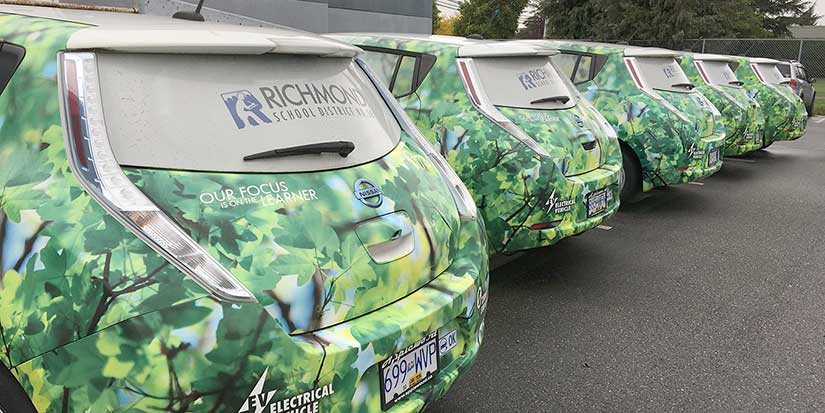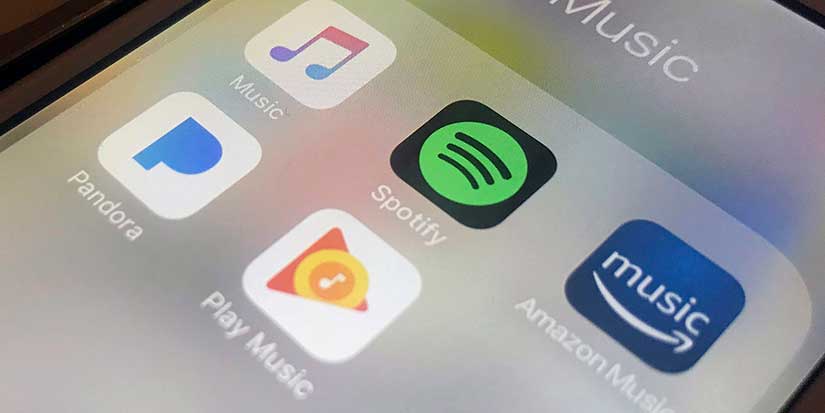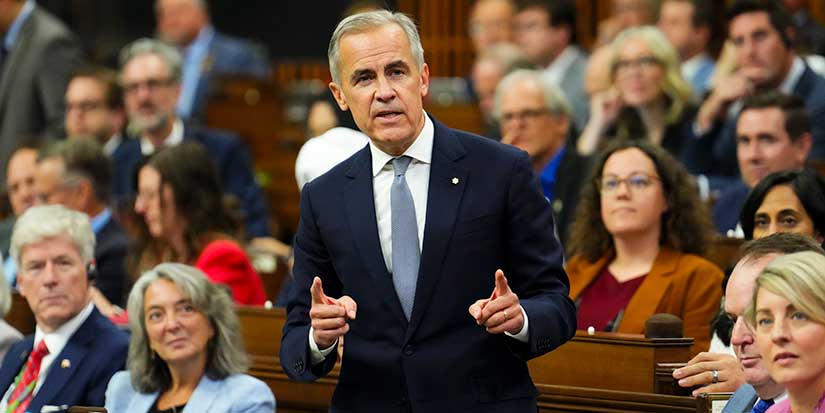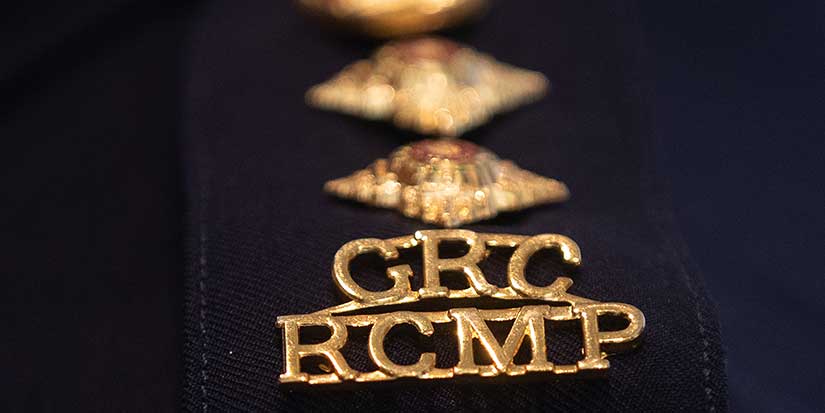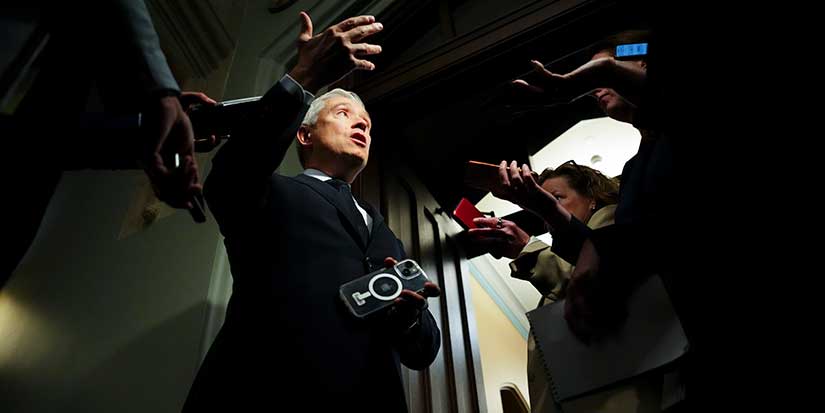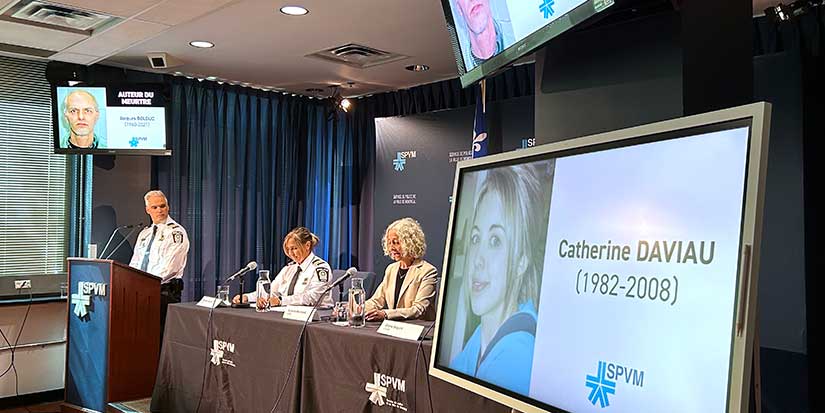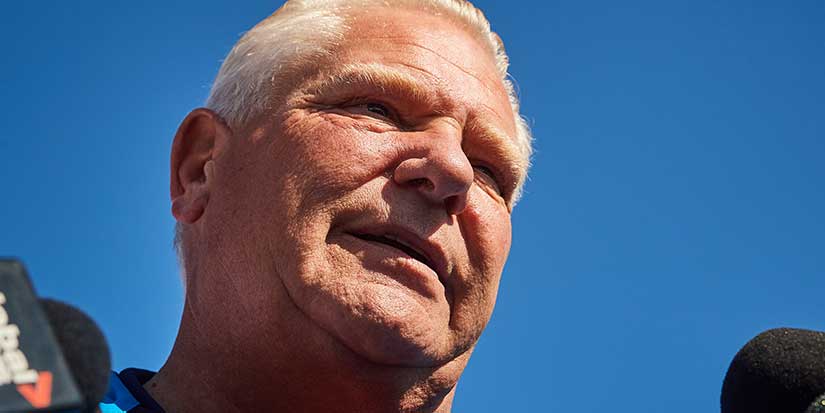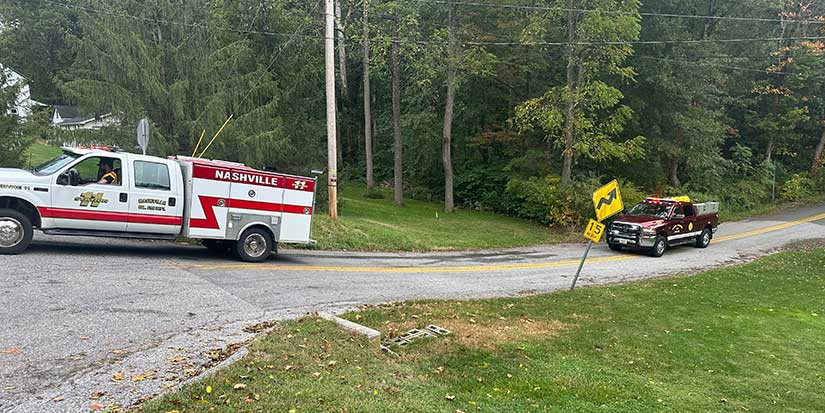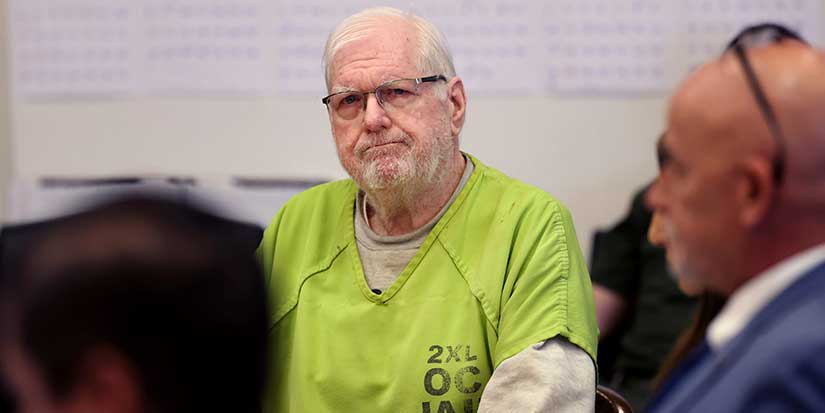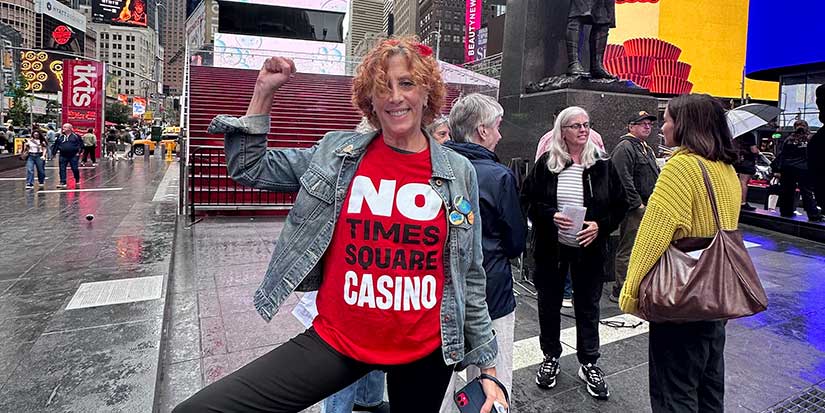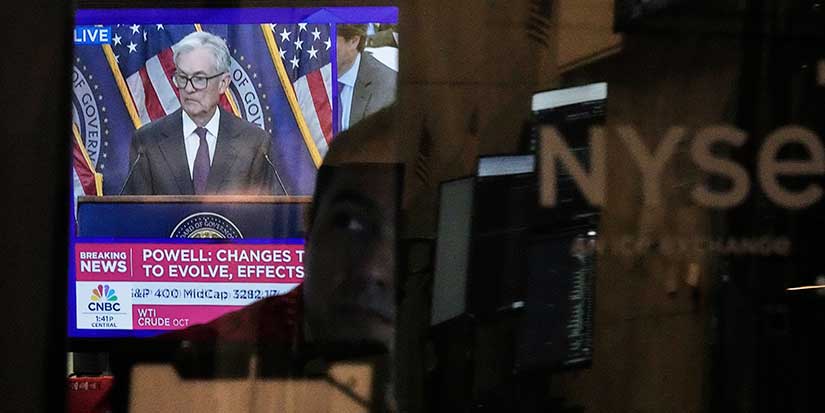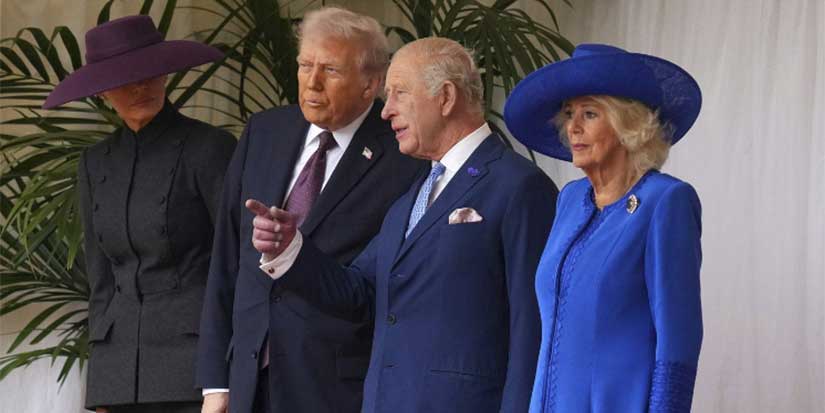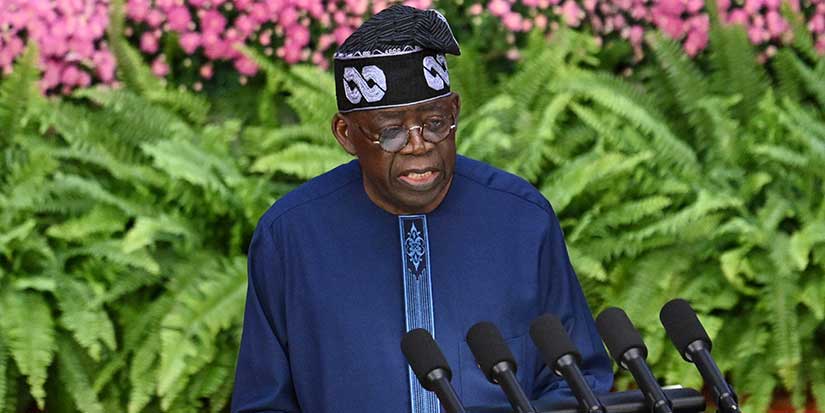Latest News
Environmental education

By Hannah Scott, Local Journalism Initiative reporter
Published 11:30 PST, Wed February 16, 2022
School district’s sustainability plan highlights efforts
With increasing focus on environmental care and activism, the Richmond School District recently outlined its new five-year sustainability and climate action plan.
Ultimately, the goal is simple: “We want to make waste socially unacceptable in the district,” says Jonathan Ho, the district’s manager of energy and sustainability.
While individual schools may have their own action plans, Ho says the district’s large-scale plan is the result of two years of effort. It is based on nine sustainability pillars: leadership; learning and engagement; climate action; energy conservation; waste reduction; water conservation; grounds; purchasing; and sustainable transportation.
When creating the plan, staff looked at data including the district’s utility bills and solid waste metrics, then set targets.
Some of those targets are mandated by agreements—for instance, the school district, as a public sector organization, is required to be carbon neutral and report on its greenhouse gas emissions annually. It has to meet Clean BC goals of reducing building emissions by 50 per cent and fleet emissions by 40 per cent by 2030, compared to 2007 levels.
The pandemic has challenged the building emission target, with natural gas usage increasing by 15 to 30 per cent due to ventilation needs—windows being left open, heat on to compensate for cold outside air, and fans blowing, for example. The goal is to electrify as much as possible, and solutions like solar panels will also be considered.
Meanwhile, Ho says good progress is being made on fleet goals through replacement of old vehicles with more fuel-efficient and electric models. Electric charging stations may be installed depending on the possibility of locations. Ho says the city’s flat topography and the relatively low mileage travelled by school buses fits well with the battery capacity of most electric vehicles.
While the plan details a number of goals, Ho says the solid waste goals will affect schools’ day-to-day operations most directly.
“When I was a student at Palmer, I started one of the first environmental clubs,” he adds. “(At that time,) the blue bin for paper recycling was a radical concept.”
Solid waste is separated into three main categories: garbage, recyclables, and organics. Recyclables are further separated into paper and container bins. While the city diverts about 80 per cent of its waste away from the landfill, the school district only diverts half that amount.
“There’s no reason why the bulk of people, staff and students, can’t achieve at school what we do at home,” says Ho.
The first step is to not make solid waste in the first place, which is where measures like the city’s upcoming single-use plastics ban come into play. Anything that might generate solid waste should use recyclable products if possible.
Signage can also help students put their recyclables into the correct bin. More than five per cent “contamination” in any waste stream—meaning things that should go in a different bin—is subject to a surcharge in Metro Vancouver.
And in addition to avoiding that surcharge, there’s another monetary incentive to reducing waste: garbage costs the most to dispose of, whereas recycling is free aside from a small processing cost.
Ho says there hasn’t been a significant amount of personal protective equipment in the waste stream, as most students typically use cloth masks rather than disposable ones which end up in the garbage. At the beginning of the pandemic the increased cleaning created more garbage, although this has since been improved upon.
A campaign partially funded by BC Hydro involves replacing lighting with energy-saving LED options. The upgraded lighting also includes occupancy sensors and the ability to dim lighting or change its frequency.
New gardens and other initiatives will improve school grounds, and the district also aims to embed Indigenous perspectives on plants and the environment as well as sustainability in general.
Real-time data is also being collected thanks to audits at several schools. Richmond Secondary School students fundraised for solar panels to help the district have an understanding of how much energy production could be generated this way. And Ho says maximizing air ventilation will remain important even once COVID-19 becomes endemic.
While the official plan only covers the next five years, Ho says he has projections and plans up to 2050. Bigger plans like electrifying buildings and bus fleets are billed out over time, since public school districts can’t run a budget deficit. Some solutions are practical, like replacing items in need with more energy-efficient versions.
“If we have to spend the money anyway, and we know what that regular life cycle replacement is, that allows us to more intelligently spend the money,” says Ho.
He adds that in addition to the Richmond Sustainability Advisory Committee, which comprises students, parents, union representatives, and members of the district’s senior teams, there are others who work behind the scenes. Those people—operations managers, learning services staff, and others—do jobs like window replacement and installation of rooftop units, which are not as publicly visible.
“Ultimately we want to make sure we are good stewards of the environment with what we do from the corporate perspective,” says Ho. “But we also want to make sure that the students we are educating have that same commitment to sustainability and climate action.”
